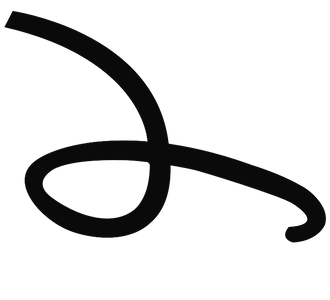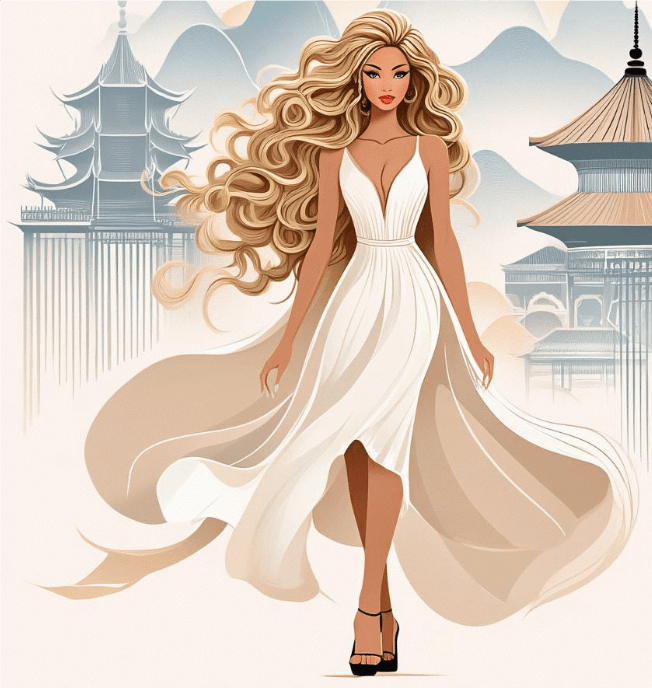Tape Ins Ruined My Hair: A Cautionary Tale for White Women
Tape Ins Ruined My Hair: A Cautionary Tale for White Women
Introduction
Tape in hair extensions, a popular method for enhancing hair, have been widely embraced by white women seeking to add length, volume, or a pop of color to their natural locks. However, as with any beauty procedure, there are potential pitfalls. This article tells a cautionary tale of how tape ins can ruin hair if not applied and cared for properly, focusing on the experiences of white women with hair weave blond, hair weft extensions wholesale, and human hair weave for braiding.

The Allure of Tape ins
Tape in extensions are favored for their ease of application and removal, as well as their ability to blend seamlessly with natural hair. For white women, the appeal of achieving a hair weave blond look or adding volume with hair weft extensions wholesale is undeniable. The promise of instant transformation with human hair weave for braiding is also a significant draw. However, as the title suggests, these extensions can have a darker side.

The Damage Done
When tape ins are not applied correctly or are of poor quality, they can cause significant damage to the hair. This can include:

1.Hair Breakage: The adhesive used in tape ins can weaken the hair, especially if it is not removed properly. Over time, this can lead to breakage and thinning of the hair.
2.Hair Loss: If the extensions are too heavy or if the natural hair is not strong enough to support the added weight, this can lead to hair loss around the hairline.
3.Damage from Adhesive: The chemicals in the adhesive can cause an allergic reaction in some individuals, leading to scalp irritation, redness, and in severe cases, hair loss.
4.Dryness and Frizz: The constant use of heat tools to style the extensions and the natural hair can lead to dryness and frizz, which can be difficult to manage.

The Role of Quality and Care
To avoid the pitfalls of tape in extensions, it is crucial to source high-quality extensions and follow proper care procedures. This includes:

1.Choosing the Right Extensions: Opt for 100% human hair extensions that are ethically sourced and processed without harsh chemicals. This ensures that the extensions are less likely to cause damage or an allergic reaction.
2.Professional Application: Have your extensions applied by a professional who is experienced in tape in methods. This reduces the risk of improper application, which can lead to hair damage.
3.Correct Removal: Learn the correct technique for removing tape ins to prevent hair breakage. This often involves using a specific solution to dissolve the adhesive before gently removing the extensions.
4.Maintenance: Regularly condition your hair and the extensions to keep them moisturized and healthy. Avoid using heat tools as much as possible and opt for heatless styling methods.

The Impact on Different Hair Types
For white women with different hair types, the impact of tape in extensions can vary:

1.Fine Hair: Women with fine hair may find that the weight of the extensions causes their hair to become limp and lifeless, or even leads to breakage.
2.Curly Hair: Those with curly hair may struggle with managing the texture difference between their natural hair and the straight extensions, leading to a less than seamless look.
3.Colored Hair: Women who color their hair may find that the tape ins clash with their natural color, requiring frequent touch-ups to maintain a cohesive look.

Conclusion
While tape in extensions can offer a quick and easy way to transform one's hair, it's important to be aware of the potential risks. "Tape ins ruined my hair" is not an uncommon refrain, but it doesn't have to be the norm. By choosing high-quality extensions, seeking professional application and removal, and maintaining a proper care routine, white women can enjoy the benefits of tape ins without the damage. It's all about finding the right balance and making informed decisions to protect and enhance your natural hair.





